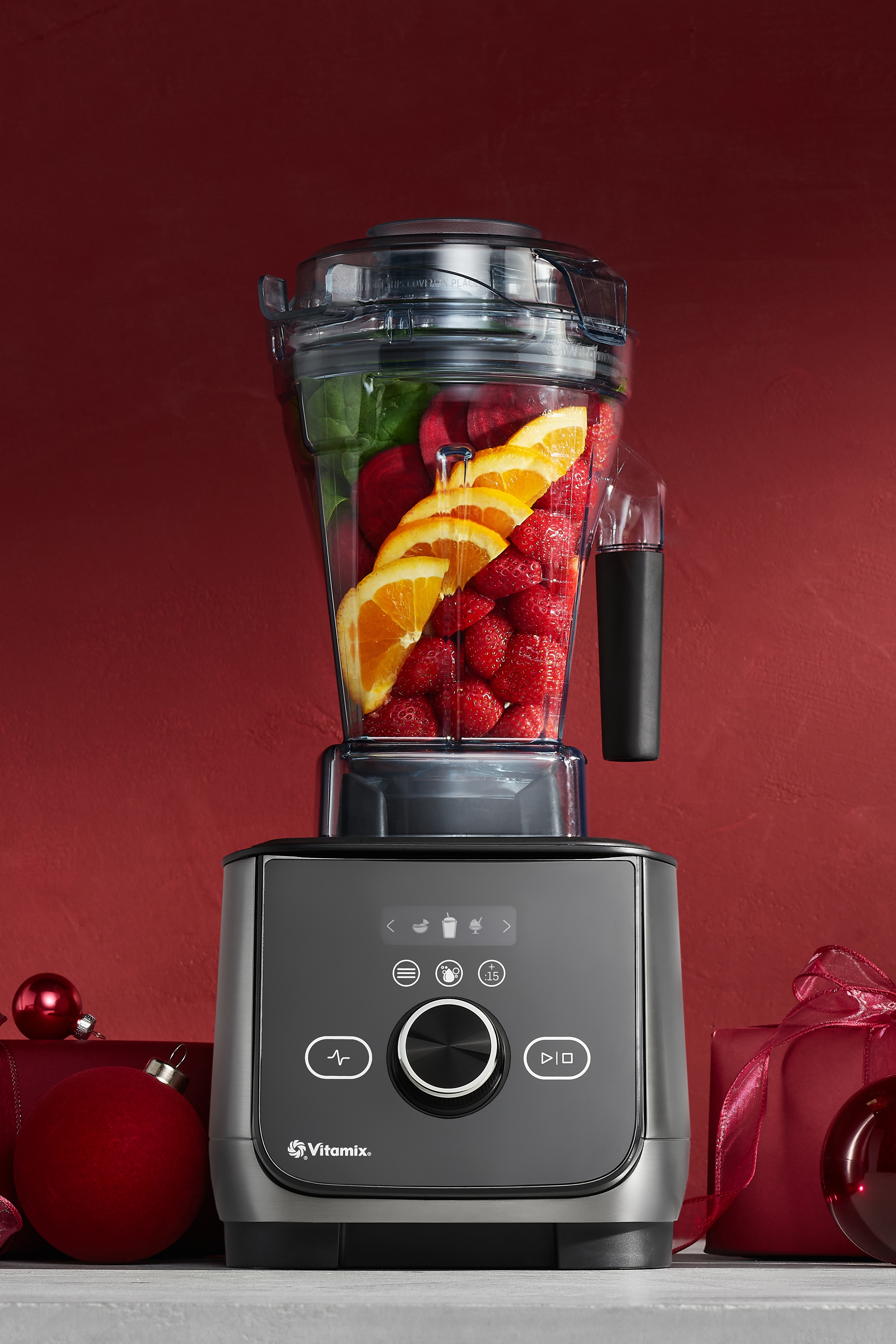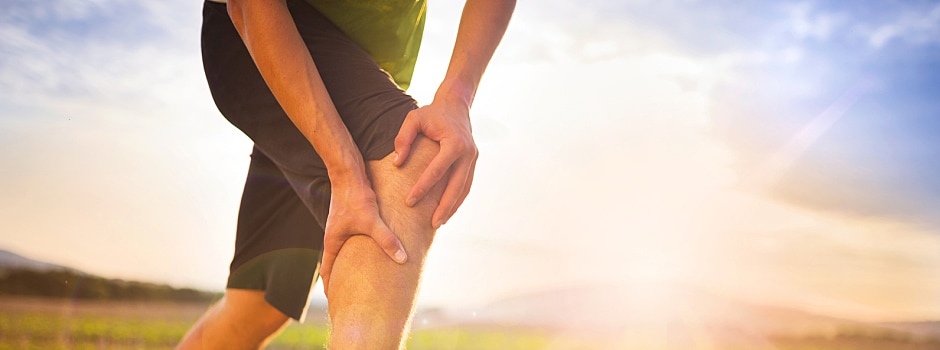When it comes to something like exercise—a habit that is so undeniably good for you—it's pretty tempting to take a "more is better" approach. In truth, however, this isn't always the case. To really benefit from working out, it's absolutely vital to listen to your body. Often, intense workouts will leave the target muscles feeling stiff, sore, and weak. But what causes that reaction, and what should it mean for your routine? More importantly, how can you get some sore muscle relief when you need it? Here's all the information you need.
Recognizing DOMS
That aching, throbbing soreness that usually kicks in a day or two after your workout is called delayed onset muscles soreness (DOMS) in clinical circles. But what causes this? As you exercise, your muscles actually endure small amounts of damage in the form of microscopic tears. And, just like any other injury, these tears have to be repaired through a fairly complex network of biological systems. In fact, it's this response that makes your muscles grow bigger, stronger, and more efficient in an effort to prevent this trauma from happening again. To fully enjoy these benefits, you need to give your muscles a chance to go through this process and thoroughly heal.
Part of this response includes inflammation, which manifests as swelling. This swelling, coupled with the tears themselves, is what causes DOMS. In a way, DOMS is a sign that your workout is doing exactly what you want: stimulating improvements to your muscles. It's important to realize, however, that a workout that doesn't leave you sore isn't necessarily ineffective. DOMS tends to be more severe after beginning a new workout that requires major adjustments and after exercises that emphasize the eccentric (or lengthening) stage. More experienced athletes and exercisers, or those who follow a highly regimented and specific routine, generally don't deal with DOMS very often.
Working Out with DOMS
One of the biggest questions surrounding DOMS is whether you should push through the pain and keep working out or if you should take some time off. There is no straight answer because it depends on several factors.
First, consider whether your program requires you to work the affected muscle group only. If not, focus on a new muscle group while you heal. So if your arms are sore, you can still get in a workout by targeting your legs. From there, it's important to re-examine the intensity of your workouts. Since your muscles are already sore, and therefore damaged, working with a certain amount of resistance or having the affected muscles repeat the same strenuous motions won't allow you enough time to recover properly.
Finding Sore Muscle Relief
As mentioned, inflammation is the primary aspect of DOMS that causes most of the woes associated with soreness. So it makes sense to take steps to reduce that inflammation and help limit the severity of your DOMS.
Ensuring that your diet is rich in an array of nutrients of both the macro and micro varieties will provide your body with everything it needs to quickly recover from physical stresses. This, in turn, will help reduce inflammation faster. Also, make sure to drink plenty of water. Staying well hydrated will aid the repair work and prevent excess fluid from building up and adding to the swelling you're already dealing with.
Even though it seems a little counterintuitive, some light movement could also reduce the inflammation of post-exercise muscle soreness. Keeping the affected muscles moving will encourage blood flow and lessen the symptoms of DOMS. This can be done with either specific movements that target the sore muscles or with more general, resistance-free exercises like running.
Related Articles

What Running Does for Your Body: The Surprising Details
Many benefits of running are well-known, but others are often overlooked. Find out exactly what running does for your body.

Building a Healthy Active Lifestyle: Simple Ways to Be More Active
Forget taking the stairs or parking far from the office or store! Here are five unique ways to build a healthy active lifestyle without even trying.

Liquid Aminos: What's with the Hype?
Liquid aminos are a great substitute for soy and tamari sauce. Here's what you should know about adding this seasoning to your meals.



